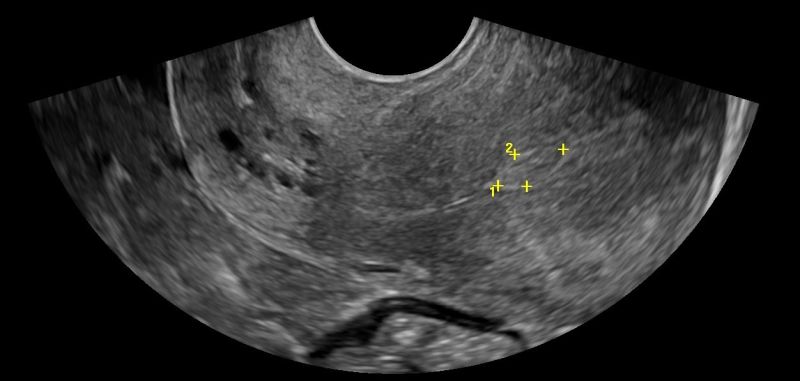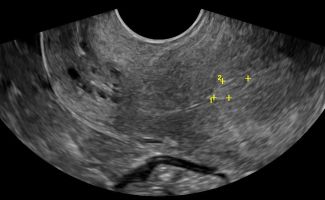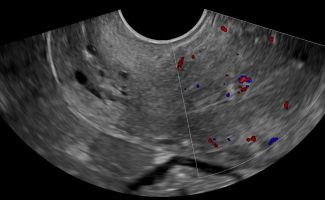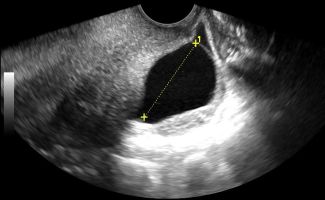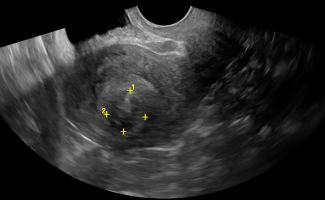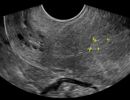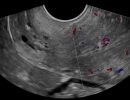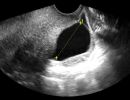What can be visualized with the Transvaginal Ultrasound?
- Uterus: Transvaginal ultrasound allows the evaluation of the myometrium and the detection of fibroids. The thickness of the endometrium can be measured with precision, which is critical for both reproductive-age women and postmenopausal women or those undergoing therapeutic treatments for neoplasms.
- Ovaries: Ovarian imaging includes assessing their size, morphology, and texture. With the transvaginal ultrasound, follicles can be measured, and the presence of polycystic ovary syndrome can be investigated. Focal ovarian lesions, whether solid or cystic, can be assessed as benign or suspicious, with the help of Color Doppler to visualize vascularization and blood flow.
How is the Transvaginal Ultrasound performed, and what preparation is needed?
A Transvaginal Ultrasound is performed using a special probe that is inserted into the vagina for precise imaging of the internal organs. The preparation for the exam includes:
- Drinking water: The patient should drink 2-3 glasses of water before the exam and avoid urinating. This helps in the evaluation of the lower abdomen during the the first part of the ultrasound exam.
- Examination Stages: The exam begins with a Lower Abdominal Ultrasound (suprapubic) for a general view of the internal organs and continues with the transvaginal exam after urination for a more accurate assessment of the uterus and ovaries.
When is a Transvaginal Ultrasound preferable over a Lower Abdominal Ultrasound?
Transvaginal Ultrasound offers several advantages compared to the lower abdominal ultrasound in specific cases:
- Detailed Assessment: A Transvaginal Ultrasound allows for a more detailed examination of the uterus and ovaries, making it particularly useful for evaluating the endometrium and detecting cystic or solid lesions in the ovaries.
- Accuracy: For precise measurement of the endometrial thickness and evaluation of ovarian structure, the Transvaginal Ultrasound provides clearer results than the lower abdominal ultrasound.
- Diagnostic Reliability: In cases of suspicious or unclear previous findings, the Transvaginal Ultrasound offers higher diagnostic accuracy, allowing for precise diagnosis and detailed monitoring of the condition.



